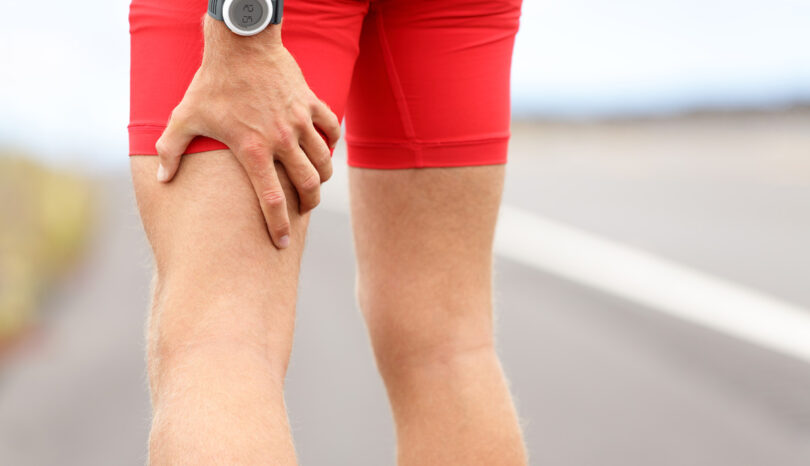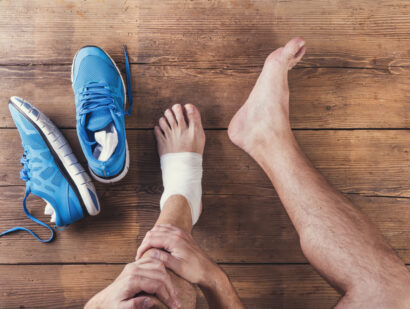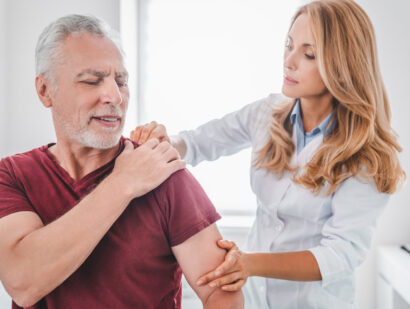- Find A Medical Provider
- Auto Injuries
- Common Injuries
- Medical/Pharmaceutical
- Types of Medical Injuries
- Malpractice Injuries
- Drug and Medical Device Injuries
- Drugs and Devices Linked to Cancer
- Opioid Addiction
- Drugs and Devices Known to Cause Injury
- 3M Combat Arms Earplugs – Hearing Loss
- Accutane
- Aciphex
- Actonel
- Actos
- Adderall and Ritalin
- Advair
- Aldara (Imiquimod)
- Alli
- Ambien
- Amiodarone
- Anzemet
- Aptivus
- Aranesp
- Arava
- Atorvastatin
- Avandia
- Benicar
- Birth Control Medication
- Blood Thinners
- Essure
- Fosamax (Alendronate Sodium)
- Gadolinium-Based MRI Contrast Agents
- Granuflo
- Hernia or Surgical Mesh Injuries
- Hydroxycut
- Inferior Vena Cava Filters
- Invokana Toe and Foot Amputations
- Ketek
- Levaquin
- Lipitor
- Mirapex
- Neurontin
- Onglyza
- Over-the-Counter Medications
- OxyContin
- Paxil
- Power Morcellators
- Pradaxa
- Propecia
- Reglan
- Talc Powder
- Trasylol
- Valsartan
- Viagra
- Xolair
- Zelnorm
- Zoloft
- Work Injuries
- Sports Injuries
- Marketing Services
- Blog
List your practice on InjuredCare | Log in / Sign up
Hamstring Strain

A strain can be described as the excessive stretching or tearing of a muscle or tendon. Strains are one of the most common sports injuries and the hamstring is the muscle that is strained most often.
Knowing that hamstring strains are prevalent among athletes across all sports, it's important to be able to identify a hamstring strain, or pull, and prevent it from hindering your abilities or, worse, shortening your sports career.
Signs of Hamstring Strains
Early identification gives athletes the best possible chance to limit the effects of a hamstring strain and return back to their full abilities. While fighting through pain may seem admirable, ignoring symptoms of injuries can put you at risk of long-term damage. It's best to play smart to prolong your sports career by looking the following symptoms:
- Pain in the back of your leg when bending or straightening your leg.
- Swelling in the back of your thigh.
- Tenderness in your hamstring.
- Bruising on the back of your leg.
- Sustained weakness of the hamstring.
- Hamstring tightness.
Preventing Hamstring Strains
Smart play - While many injuries occur suddenly and without notice, being alert while you play and understanding the scenario that you are in at all times will limit your body's exposure to injury. Being alert will prevent you from being out of position and forcing yourself to strain to catch-up to the play. Not putting your leg in harm's way to be pulled or stretched in an awkward position can be achieved by avoiding collisions or falls.
Proper preparation - If your leg is strong and limber, it will be able to sustain more wear and tear and flexing than legs that are tighter and less resilient. Put in the work during practice to prepare your hamstrings for competition.
Maintaining your body - On top of strength, conditioning and flexibility training, properly fueling your body is also important to avoid injury. Making sure that you are eating healthy and properly resting prior to a big game will keep you alert and your body capable.
Treating Hamstring StrainsR.I.C.E. - Rest, ice, compression and elevation are typically the instant go-to remedies for most injuries. Resting the injured body part allows the body to begin its natural healing process and limits the risk of further complications. Ice helps stop and reduce inflammation. Compression can stabilize an injury, but it primarily slows down inflammation. Elevation will also work to slow the rate of inflammation following an injury. Utilizing these four tactics can help limit the severity of an injury and promote natural healing.
Anti-inflammatory medicine - Reducing swelling and inflammation in a strained hamstring will help reduce possible complications from unnecessary fluid buildup.
Physical therapy - Once a muscle has been strained, it needs to be rebuilt back to optimal strength and flexibility. This is especially important if lack of mobility or conditioning was the original cause of the injury.
Surgery - A very low percentage of hamstring strains require surgery. For a hamstring tear that is severe, an orthopedic surgeon can cut into the site of the injury to help meld together separated tissues and rebuild the muscle and tendon fibers of the hamstring.
Work with a PCP, chiropractor, physical therapist or sports medicine specialist to determine which recovery path is right for you.









